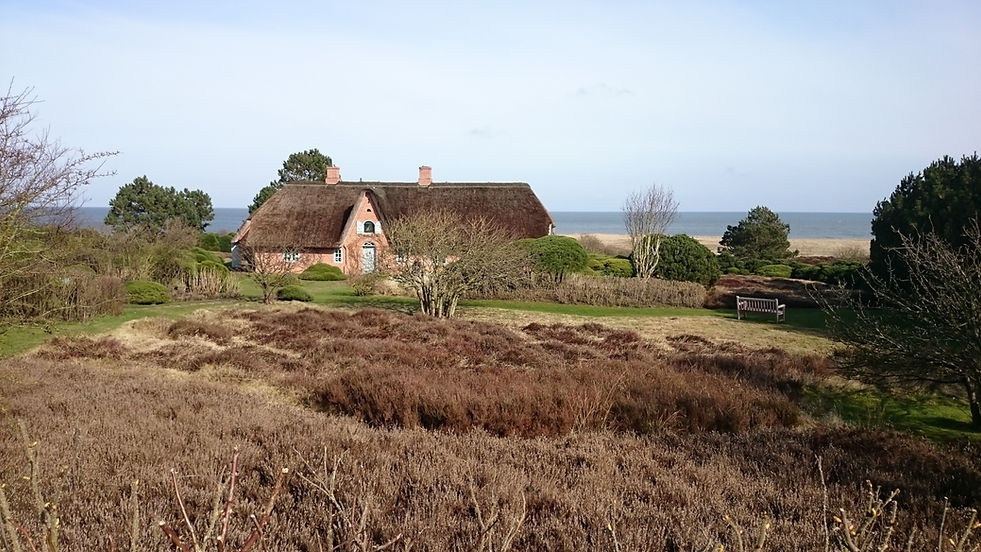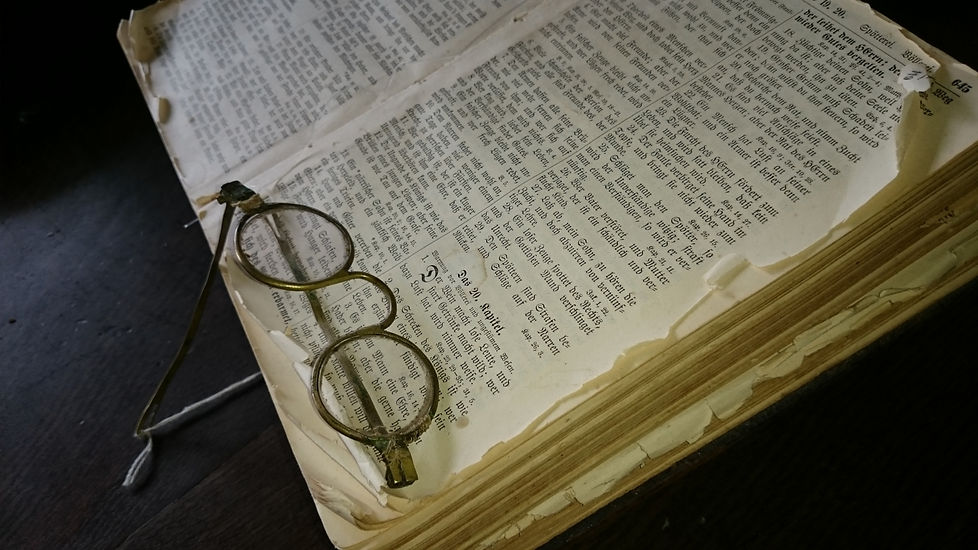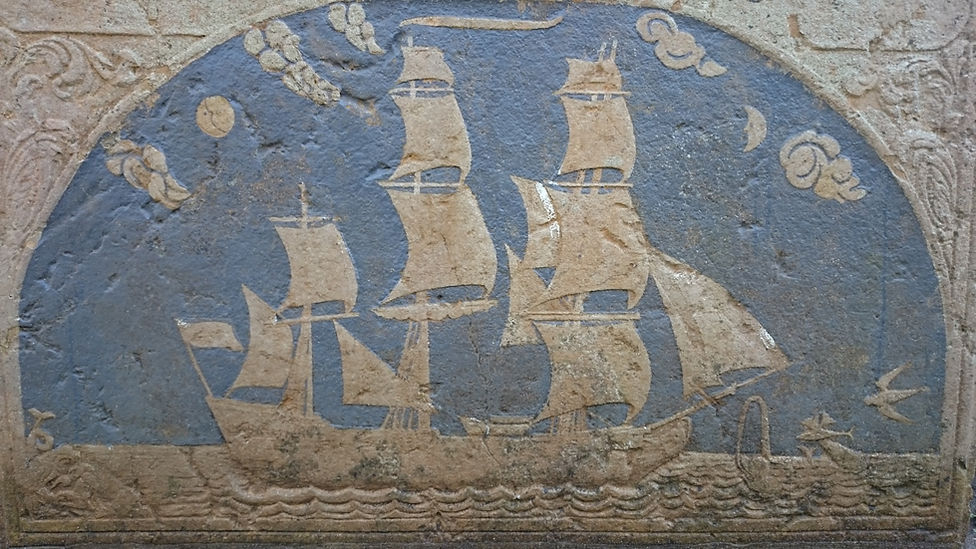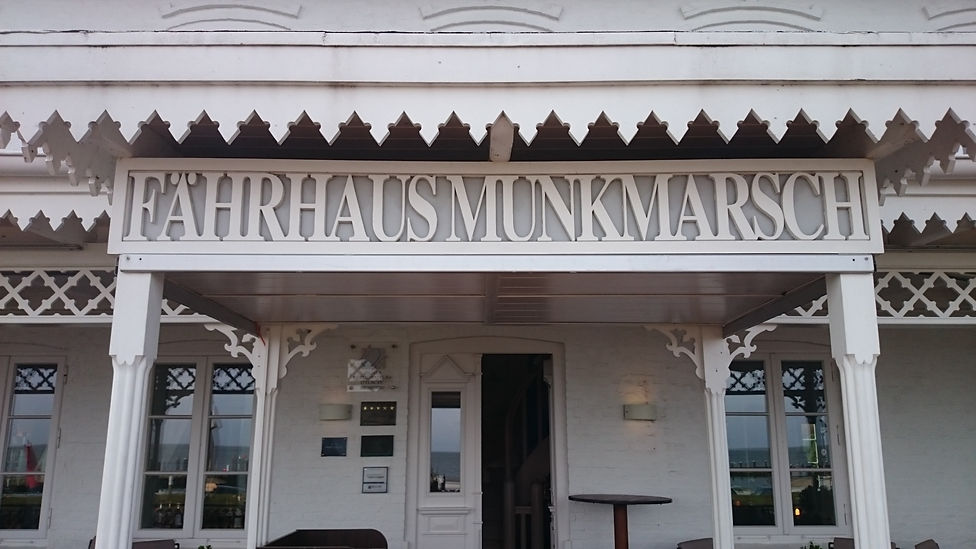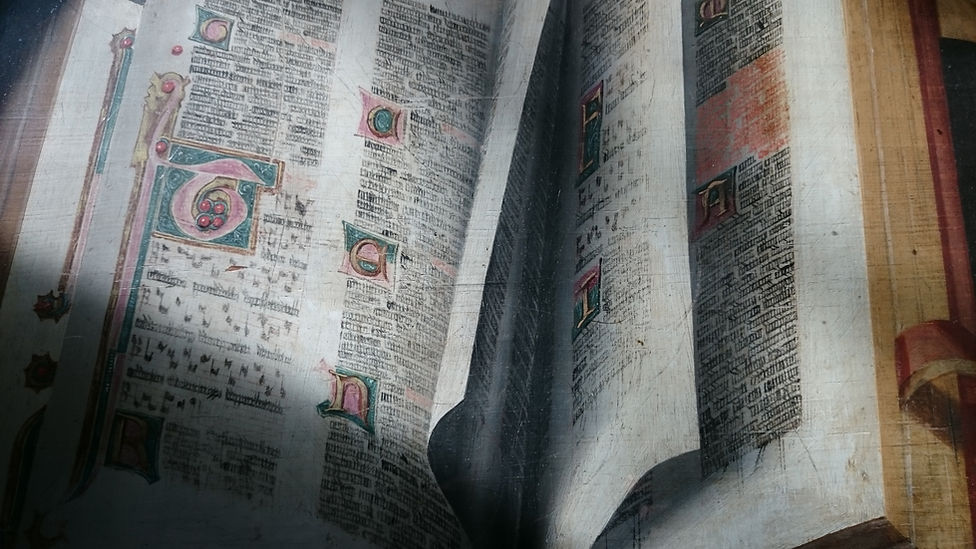TRAVEL IMPRESSIONS OF AN ART AND HISTORY LOVER
and my experiences as a teacher in China
UMGEBUNGSENTDECKER
Flensburg and Sylt

What associations does Flensburg trigger in most Germans?
There is the Federal Motor Transport Authority, also known as the office that collects the points.
The erotic company Beate Uhse also came to this city. And then there is the Flensburger Pils.
But do you do justice to Germany's northernmost city with these ideas?
Flensburg - undestroyed during the war, the Föhrde extends right into the center of the city, the history is interesting and left something unique -
in short: a real surprise

Ist eine Förde ein Fjord?
Die Bezeichnung "Förde" hat denselben Wortursprung wie "Fjord" - beide stammen vom altnordischen Wort "fjǫrðr" ab, das eine Meeresbucht oder einen Meeresarm bezeichnet.
Im benachbarten Dänemark, wo es auch einige Förden gibt, werden sie als Fjord bezeichnet, in Norwegen sowieso.
Die norwegischen Fjorde entstanden in Bergen, die am Meer liegen. Dort bewegten sich die Gletscher zwischen zwei Erhöhungen meerwärts nach unten. Förden bzw. Fjorde in Dänemark entstanden im flachen Land, das während der Eiszeit von dicken Einpanzern bedeckt war, deren Zungen landeinwärts wanderten.


Flensburg and the rum
Everyone knows Flensburg Pils, but strictly speaking, Flensburg is a city of rum.
It is the only German rum city.
Pure rum is imported from the Caribbean and real rums and rum blends are made from it in Flensburg. These rums are exported from Flensburg all over the world. In the old town of Flensburg there are still two factories of what used to be 200 rum houses that still produce rum and where you can do guided tours, tastings and souvenir purchases.
But why does Flensburg of all places have this exotic history that connects the city with the West Indies in the Caribbean?
Flensburg once belonged to Denmark, which owned colonies in the Caribbean, including the West Indian Virgin Islands. The rum story began under the Danish flag, so to speak, when the rum was brought to Flensburg by the Danish West Indian fleet. At the time, Flensburg's port was more important than the port of Copenhagen.
After the German-Danish War in 1864, which brought Schleswig and Holstein under the German flag, the rum tradition was continued and people finally went to Jamaica to import rum from there to Flensburg. The rum, which still arrives in Flensburg today, has been stored in barrels for between five and seven years, in Flensburg it is then blended, i.e. it is diluted with water and enriched with grain brandy and stored in wooden barrels for another 12 to 14 years .
"Blended" sounds like panhandling, but it isn't, because the rum that comes from the Caribbean is so high-proof that it is not drinkable and is first made drinkable by diluting it. The drink is imported to a high percentage so that the quantity tariff that was introduced at some point could be circumvented.
Flensburg rum is stored in wooden barrels, turns brown and has the typical intense rum aroma, unlike white rum.

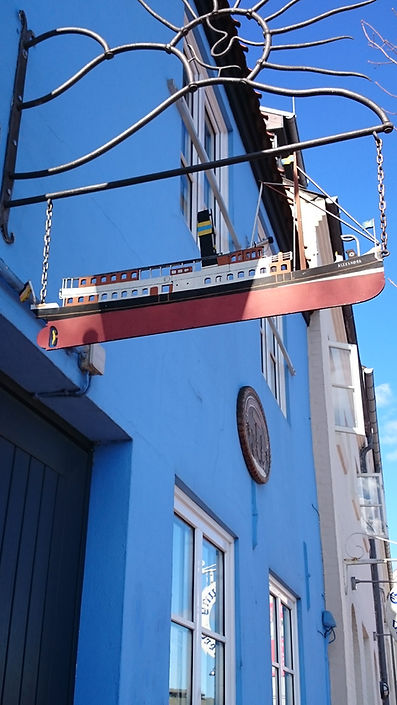

The bottle label of the Brodersen family's rum shows the Urania, which was built in Stettin in 1826 and led to the Virgin Islands by the captains of the Brodersen family for over 30 years. A hurricane destroyed the ship in the port of Puerto Plata in Puerto Rico in 1866.
Today the rum is still available in the Braasch wine house , the successors of the Brodersens in Grosse Strasse, Flensburg's pedestrian zone. The production, including a museum, is located on Rote Straße.
The second rum factory, Johannsen, is located on Marienstraße, directly opposite the Marienkirche on Große Straße.

After exploring the main road, we discovered the museum harbor on the fjord, on the "Schiffbrücke" road there are countless opportunities in restaurants, cafés, etc. to enjoy the view of the water. The offer is varied and ranges from fish sandwiches with a bottle of beer at Ben's Fischhütte in the museum harbor to the traditional fish restaurant Piet Henningsen , the Hafenküche or Hansen's brewery . Some historical streets lead from the ship bridge to Norderstraße, for example the Oluf-Samson-Gang, at the lower end of which is the old pub Onkel Jule . The Oluf-Samson-Gang is considered to be one of the best-preserved historic old town streets in Schleswig-Holstein. At the same time, the Herrenstall also leads to Norderstrasse. The red light district of Flensburg used to be here. In the 1970s there were plans to demolish the entire old town and build terraced houses - spared from the war, but almost destroyed in the post-war renovation craze. Half of all historic houses in the men's stables were demolished in the 1970s for the new building of the health department and a supermarket.
In the 80s the rethinking started, nowadays tourism has probably become the biggest factor in the protection of historical buildings.
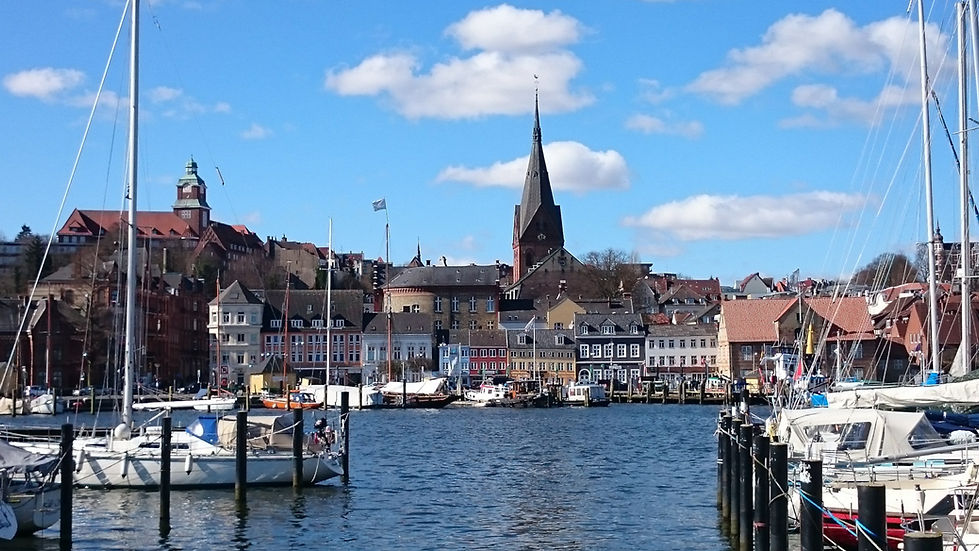
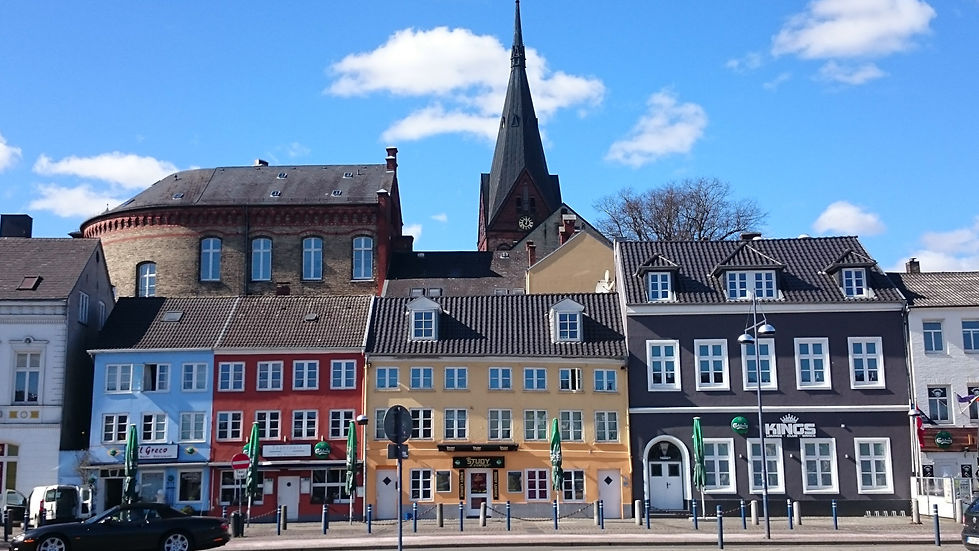

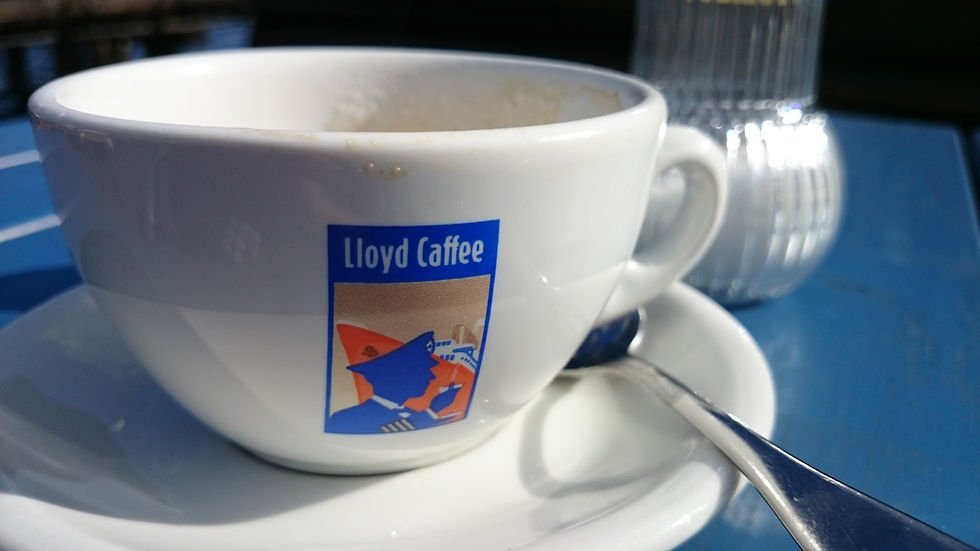
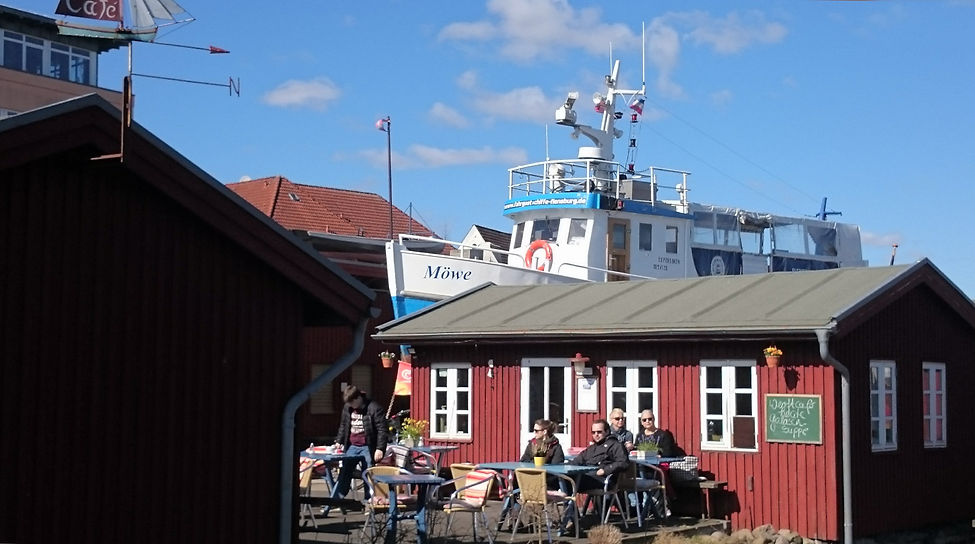



A few historic streets lead from the Schiffbrücke, the street that runs parallel to the fjord at the port, to Norderstrasse, a cobbled historic street that is considered a multicultural trendy district.

north street
Some historical streets lead from the Schiffbrücke, the street that runs parallel to the fjord at the harbor, to Norderstraße, e.g. the Oluf-Samson-Gang, at the lower end of which is the old pub Onkel Jule . The Oluf-Samson-Gang is considered to be one of the best-preserved historic old town streets in Schleswig-Holstein. At the same time, the Herrenstall also leads to Norderstrasse. The red light district of Flensburg used to be here. In the 1970s there were plans to tear down the entire old town and build terraced houses - Flensburg was spared the war, but the post-war renovation craze almost destroyed everything. Half of all historic houses in the mansion's stables were demolished in the 1970s for the new building of the health department and a supermarket.
In the 80s the rethinking began and people began to appreciate the historical building fabric. Nowadays tourism has probably become the greatest protection factor for old buildings - and not only in Flensburg.

Oluf Samson Gang
German-Danish War 1864
The first of the three wars of unification took place between Denmark and Prussia. The decision was made at the Düppeler Schanzen, not far behind today's state border, only about 20 kilometers from Flensburg.
There is a museum, the H istoriecenter Dybbøl Banke , which shows what is happening in multimedia and through replicas of the facilities.
Basically, it's not my business to walk over fields that were soaked with the blood of young people around 150 years ago, but historically battles are often turning points that have had a significant impact on entire history.

There is a museum, the H istoriecenter Dybbøl Banke , which shows the events of the battle in multimedia and through replicas of the facilities.
It's not my business to walk across fields that were soaked with the blood of young people about 150 years ago, but historically battles are often turning points that have had a significant impact on entire history.
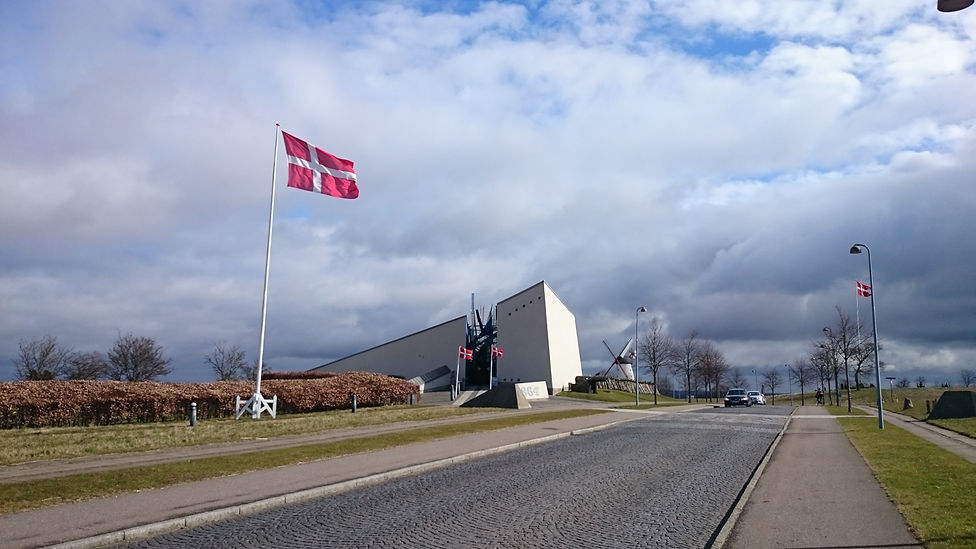
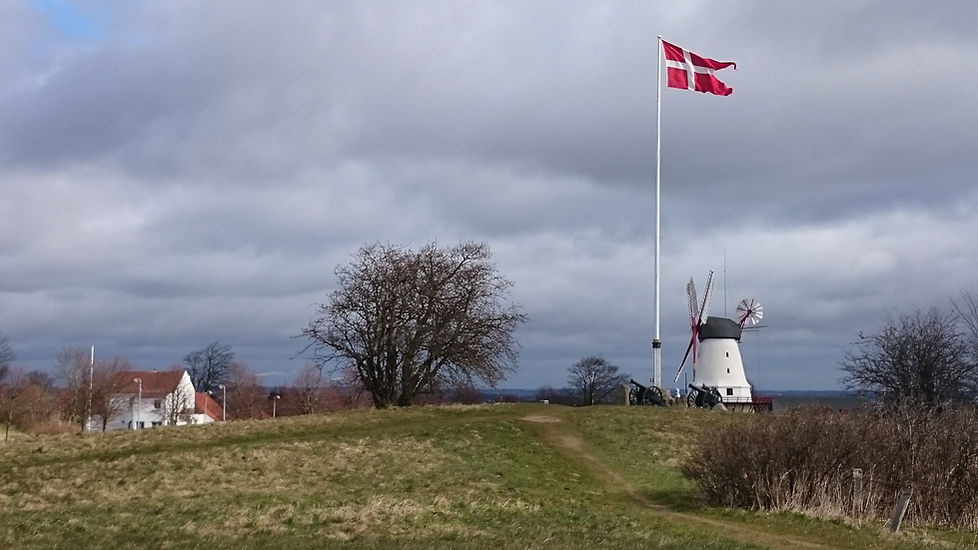



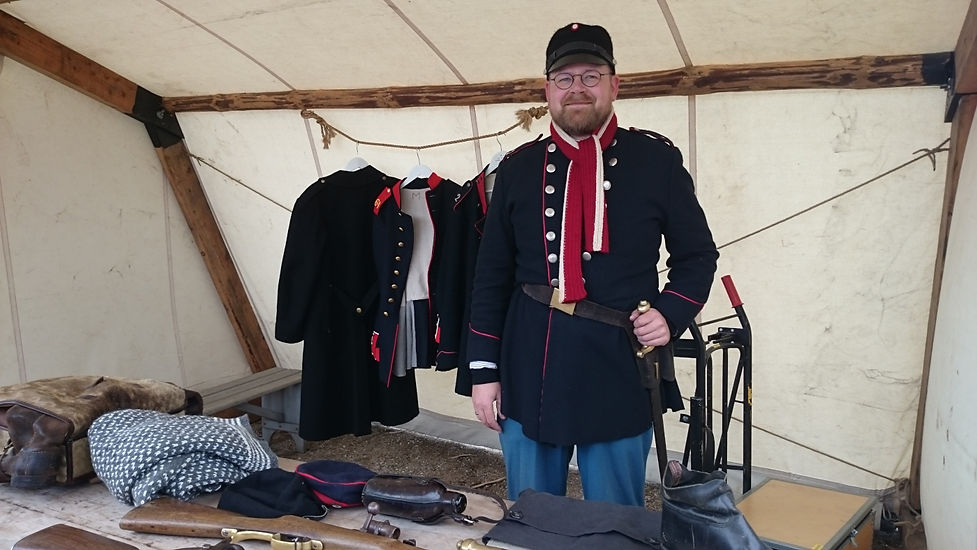
Schleswig-Holstein-Glücksburg-Sonderburg
If you are already in the area, it is worth visiting the castles of Sonderburg and Glücksburg. The Schleswig-Holstein-Glücksburg-Sonderburg dynasty, one of the most widespread dynasties of the European high nobility, bears her name.
They are marked on the map below.

Sønderborg Castle
Behind the battlefield Düppeler Schanzen lies the small town of Sonderburg and the castle directly at the harbor.

Glucksburg Castle

Glücksburg Castle was built in 1583-1587 by Duke Johann of Schleswig-Holstein-Sonderburg, the younger brother of King Frederick II of Denmark and Norway.
After Johann's death, the territory was divided among his sons. Son Phillip received Glücksburg and the surrounding land, thus establishing the line of dukes of Schleswig-Holstein-Glücksburg-Sonderburg, which reverted to the Crown of Denmark in 1779 after there were no more heirs.
Glücksburg has the reputation of being the cradle of Europe as this dynasty is related to many European houses. Christian IX from the line of Glücksburg married two of his children to representatives of the British royal family, a daughter to the Russian court, a son became king of Greece and a grandson King of Norway. As a result, the house is still related to all European dynasties today.
Prominent descendants of this family are or were Philip, Duke of Edinburgh, husband of Elizabeth II, her son Prince Charles and his children William and Harry. From Norway belong the König Harald V. and his son Haakon in addition, as well as the former Spanish Queen Sofia and of course the Queen of Denmark, _cc94c-bb-3b-94c-bb-3b-94c-bb-3b-94c-bb-3b-78190d_ -136bad5cf58d_Margarethe II.

The castle chapels in Glücksburg
Peninsula Holnis
After Glücksburg you can continue to the Holnis Peninsula, where you can take wonderful walks on the beach. The peninsula protrudes into the Flensburg Fjord and Denmark can be seen on almost all opposite sides.




Sylt




